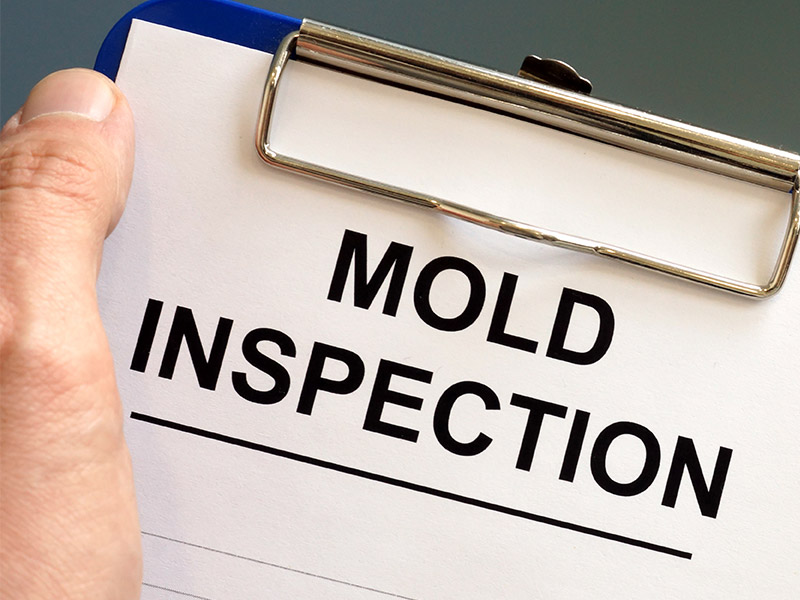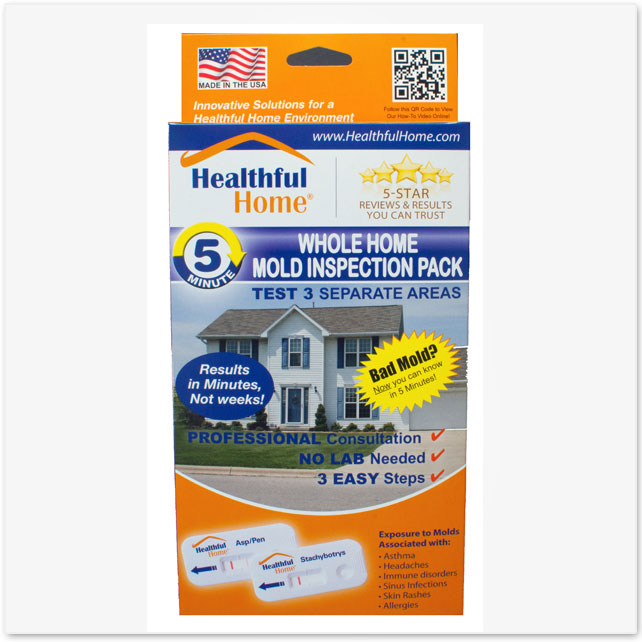Optimize Your Compliance with Trusted Mycotoxin testing Services Solutions
The Requirement of Mycotoxin Checking in Agricultural Products to Guarantee Consumer Safety
The necessity of mycotoxin screening in farming items is a crucial facet of public wellness and security that calls for detailed exam. Mycotoxins, poisonous compounds generated by specific fungi, can penetrate various plants, leading to considerable health and wellness risks for customers, such as carcinogenic effects and body organ damage. Normal mycotoxin testing not only removes and determines contaminated items from the supply chain but also makes certain compliance with safety criteria and improves consumer count on. Comprehending the approaches and benefits of such screening is important to totally appreciate its value in safeguarding our food supply.
Recognizing Mycotoxins
Mycotoxins, harmful additional metabolites generated by specific fungis, present a substantial danger to agricultural items and human health. These compounds are created by various species of mold and mildews, such as Aspergillus, Fusarium, and Penicillium, which can contaminate crops both pre- and post-harvest - Mycotoxin testing Services. One of the most typical mycotoxins consist of aflatoxins, ochratoxin A, fumonisins, zearalenone, and deoxynivalenol (DON)
Mycotoxin contamination can take place under certain environmental conditions, such as high humidity and temperature level, which prefer the growth of mold. Agricultural products like grains, nuts, flavors, dried fruits, and coffee are particularly vulnerable. The existence of mycotoxins in these products can cause considerable financial losses as a result of minimized plant returns and the requirement for rigorous testing and decontamination procedures.
Comprehending the biochemical nature and formation of mycotoxins is vital for developing reliable reduction strategies. Study has actually shown that mycotoxins show a variety of chemical structures and residential properties, making detection and removal difficult. Advanced logical methods, including chromatography and mass spectrometry, are made use of to determine and quantify mycotoxins in farming items, guaranteeing that contamination levels continue to be within secure limitations developed by regulatory bodies.
Wellness Risks of Mycotoxins
Given the considerable risks connected with mycotoxins in agricultural items, comprehending their influence on wellness is critical. Mycotoxins, harmful second metabolites created by fungis, position extreme risks to both animal and human health. Persistent direct exposure, even at reduced degrees, can result in a series of unfavorable wellness impacts, consisting of teratogenicity, carcinogenicity, and immunosuppression. Aflatoxins, among the most well-known mycotoxins, are classified as Group 1 health hazards by the International Firm for Study on Cancer (IARC), mainly impacting the liver and raising the threat of hepatocellular carcinoma.
Acute mycotoxin poisoning, although less common, can cause immediate and severe illness such as liver damages, stomach disruptions, and hemorrhaging. Ochratoxin A, an additional powerful mycotoxin, is connected to kidney damages and has possible cancer causing results. Fumonisins, largely influencing maize, are associated with esophageal cancer and neural tube flaws.

Usual Sources of Contamination
Comprehending the common sources of contamination is critical for effectively taking care of and alleviating the risks posed by mycotoxins. Mycotoxins are poisonous additional metabolites created by specific kinds of fungis, which can pollute farming products at different stages of processing, storage, and production. The primary sources of contamination include area conditions, post-harvest handling, and storage space settings.
Field conditions play a substantial function, with factors like weather, plant susceptibility, and soil wellness affecting fungal growth. Crops such as corn, peanuts, wheat, and tree nuts are particularly prone to mycotoxin-producing fungi like Aspergillus, Fusarium, and Penicillium types. Inadequate plant turning and poor bug administration can exacerbate the risk of contamination.
Post-harvest handling is an additional critical point where contamination can occur. Mechanical damage during harvesting and transport creates entry factors for fungi, while incorrect drying strategies can leave dampness degrees high sufficient to sustain fungal development.
Storage atmospheres contribute substantially to contamination dangers. Poorly maintained storage space centers with high moisture and temperature levels produce perfect conditions for mycotoxin manufacturing. Regular evaluations and proper storage conditions are important in suppressing this threat.
Mycotoxin Examining Techniques
Efficient management of mycotoxin contamination hinges not just on recognizing potential resources but additionally on carrying out durable screening approaches to identify these harmful compounds. Mycotoxin screening methods can be generally classified into chromatographic and immunochemical methods.
On the various other hand, enzyme-linked immunosorbent assay (ELISA) and side flow assays are prominent immunochemical look at this site techniques. ELISA, in particular, is commonly made use of as a result of its cost-effectiveness, convenience of use, and rapid turnaround time. Lateral circulation assays give quick, on-site testing capabilities, making them appropriate for area applications where instant choices are required.
In addition, innovations in molecular biology have actually presented PCR-based methods qualified of spotting mycotoxin-producing fungi at hereditary degrees, using a predictive strategy to contamination threat. Incorporating these varied approaches boosts the dependability and comprehensiveness of mycotoxin detection, making sure that agricultural products fulfill safety and security criteria and protecting customers from possible health and wellness dangers.
Benefits of Normal Evaluating

Regular mycotoxin testing uses significant benefits that dramatically bolster agricultural safety and security and quality. Mycotoxins, hazardous substances created by particular fungi, can pollute food and posture severe health dangers, including cancer cells and severe poisoning.
Moreover, regular testing helps in keeping the stability and credibility of farming manufacturers. By rigorously managing and monitoring mycotoxin levels, manufacturers can prevent lawful repercussions and costly recalls. This not only ensures compliance with rigid international security requirements yet also promotes customer trust and commitment.

Conclusion
The requirement of mycotoxin screening in farming products is underscored by the considerable see wellness risks presented by these poisonous compounds. Ensuring consumer security needs the recognition and elimination of infected items from the supply chain. Normal testing not only alleviates the threat of intense poisoning and persistent wellness concerns yet additionally supports compliance with safety requirements. It boosts the online reputation of producers and promotes count on within the agricultural supply chain, ultimately guarding public health.
The requirement of mycotoxin testing in agricultural products is a critical aspect of public health and security that blog here calls for complete exam. Mycotoxins, hazardous compounds created by particular fungi, can infiltrate different crops, leading to substantial health and wellness threats for customers, such as carcinogenic effects and body organ damage.Mycotoxins, toxic second metabolites produced by particular fungi, offer a considerable threat to agricultural items and human health.Offered the significant threats associated with mycotoxins in agricultural items, comprehending their influence on health and wellness is extremely important (Mycotoxin testing Services).The requirement of mycotoxin testing in farming products is emphasized by the considerable wellness risks presented by these toxic compounds